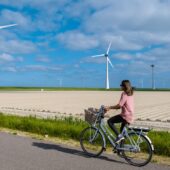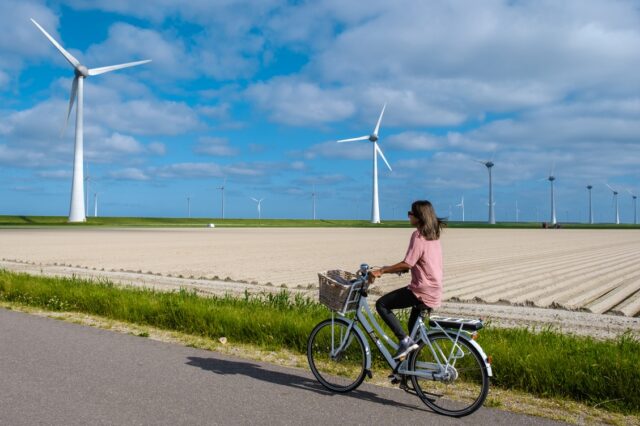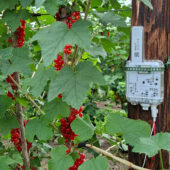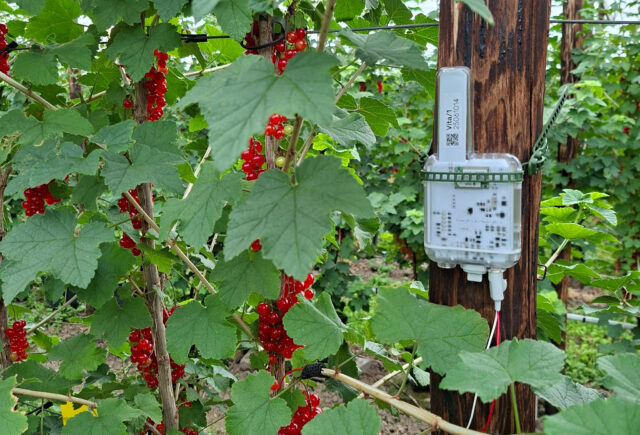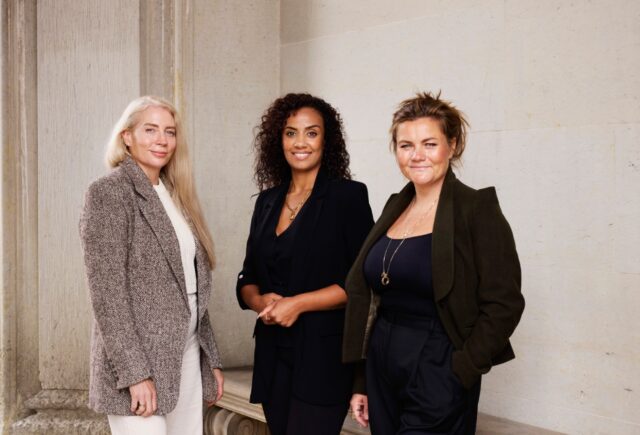Impact Investor spoke to impact fund managers investing in the blue economy to understand the impact of the UN’s high seas treaty on the most underfunded of the SDGs – SDG 14, life below water.
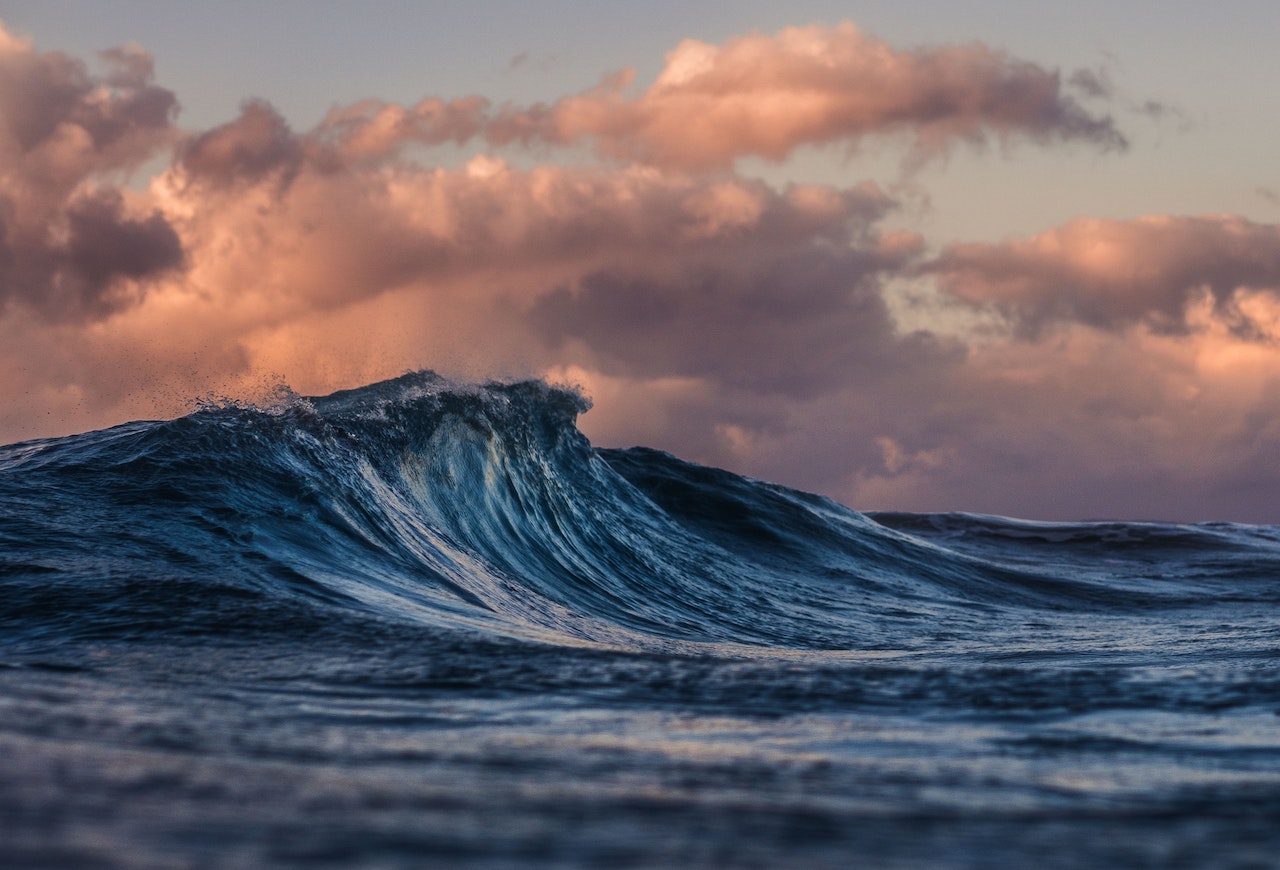
Earlier this month, UN member states agreed on a treaty to protect the world’s oceans at the UN’s headquarters in New York. Hailed as a historic victory after almost two decades of talks and political wrangling, the treaty aims to protect the high seas – the area that lies beyond the exclusive economic zones (EEZ) of nations and makes up two-thirds of the ocean – from overfishing, pollution and other risks, which threaten biodiversity, food security and the livelihoods of more than three billion people.
Impact Investor, which recently reported on the opportunities for investing in the ocean economy, spoke to two impact fund managers investing in the sector to hear their thoughts on the treaty and its significance for boosting investment in the most underfunded of the SDGs – SDG 14, life below water.

Christian Lim, managing director of venture capital firm SWEN Capital Partners, managers of the Blue Ocean Fund, said the treaty was a “significant and necessary” milestone. He said: “It shows that the world can overcome differences to protect a common good. However, though it defines a goal to protect 30% of the high seas, it is not effective yet and only provides a process by which states will hopefully enact this objective.”
Lim is referring to the 30×30 pledge reached at the UN COP15 biodiversity summit, last December to protect 30% of the world’s surface by 2030 and halt any further biodiversity loss, which the new high seas treaty is seen as critical to enforcing.
Chris Gorell Barnes, founding partner for Ocean 14 Capital, and co-founder of the Blue Marine Foundation, whose own mission is to see at least 30% of the world’s ocean under effective protection by 2030 and the other 70% managed in a responsible way, agreed.
“It’s fantastic that at last we have the commitment to protect such a huge amount of biodiversity, which compounded with the goals agreed in Montreal last December, shows that momentum is building but the proof will be in the delivery,” he said.
Gorell Barnes explained that protecting the high seas was important but that 30% of territorial waters, which are rich in biodiversity, would also need protection. “Essentially, we need to have 30% of the entire ocean eco-system protected and the remaining 70% needs to be sustainably managed if the ocean is to have any chance at recovery and to continue to feed a growing world population and regulate planetary systems.”
SDG 14 – the most underfunded SDG
SDG 14 – life below water – remains the most underfunded of the SDGs. The lack of investment, according to Lim, is down to the central role that oceans play in regulating climate and providing a sanctuary for biodiversity being largely ignored by the international community until COP26 in Glasgow in 2021, and COP 15 in Montreal in 2022.
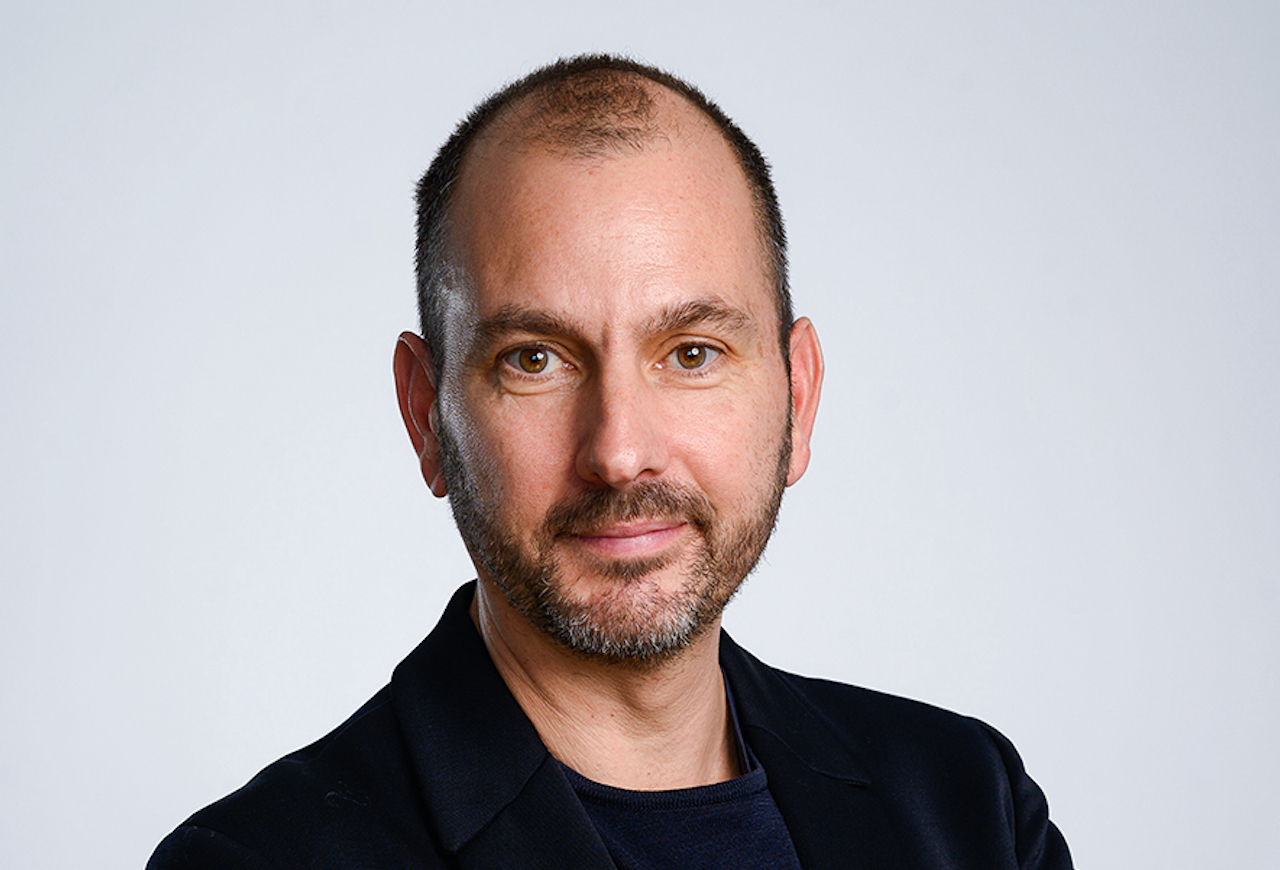
Gorell Barnes said the treaty, like the World Economic Forum in Davos and other recent intergovernmental meetings that have dedicated time to discussing the blue economy, played an important role as a catalyst for raising awareness of the critical issues at stake. He said this would drive capital into a blue economy which until now, had been “misunderstood, underreported, underinvested in and underconsidered”.
A second barrier to investment that both Lim and Gorell Barnes point to is the lack of investable strategies to support ocean health.
Lim said: “This is changing, with more and more ocean funds emerging, aligning impact and risk-adjusted returns. The most prolific space has been ocean innovation strategies, that combine the return potential of startups with the systemic impact of innovation.”
But whilst the growing number of startups offer innovations in many untapped areas, Gorell Barnes believes that to drive impact in the blue economy more investment is needed in larger existing SMEs. “Whilst we are supportive of all the brilliant innovators, we think the way to solve the problems is to invest in the existing industry from a growth capital perspective and help these growth companies become more sustainable and profitable.”
Investment opportunities
According to the UN Environment Programme Finance Initiative, with an annual economic value estimated at $2.5trn, the blue economy is equivalent in size to the world’s 7th largest economy.
Recent research commissioned by the High Level Panel for a Sustainable Ocean Economy, an intergovernmental initiative, also revealed that for every dollar invested in “key ocean actions”, at least five dollars in global benefits could be yielded over the next 30 years to 2050.
Lim highlighted several opportunities in overlooked areas of investment, including Norwegian ECOSubsea, which addresses the problem of biofouling -the build-up of microorganisms, plants and other small animals typically on ship hulls – by providing in-water hull cleaning services to the shipping industry.
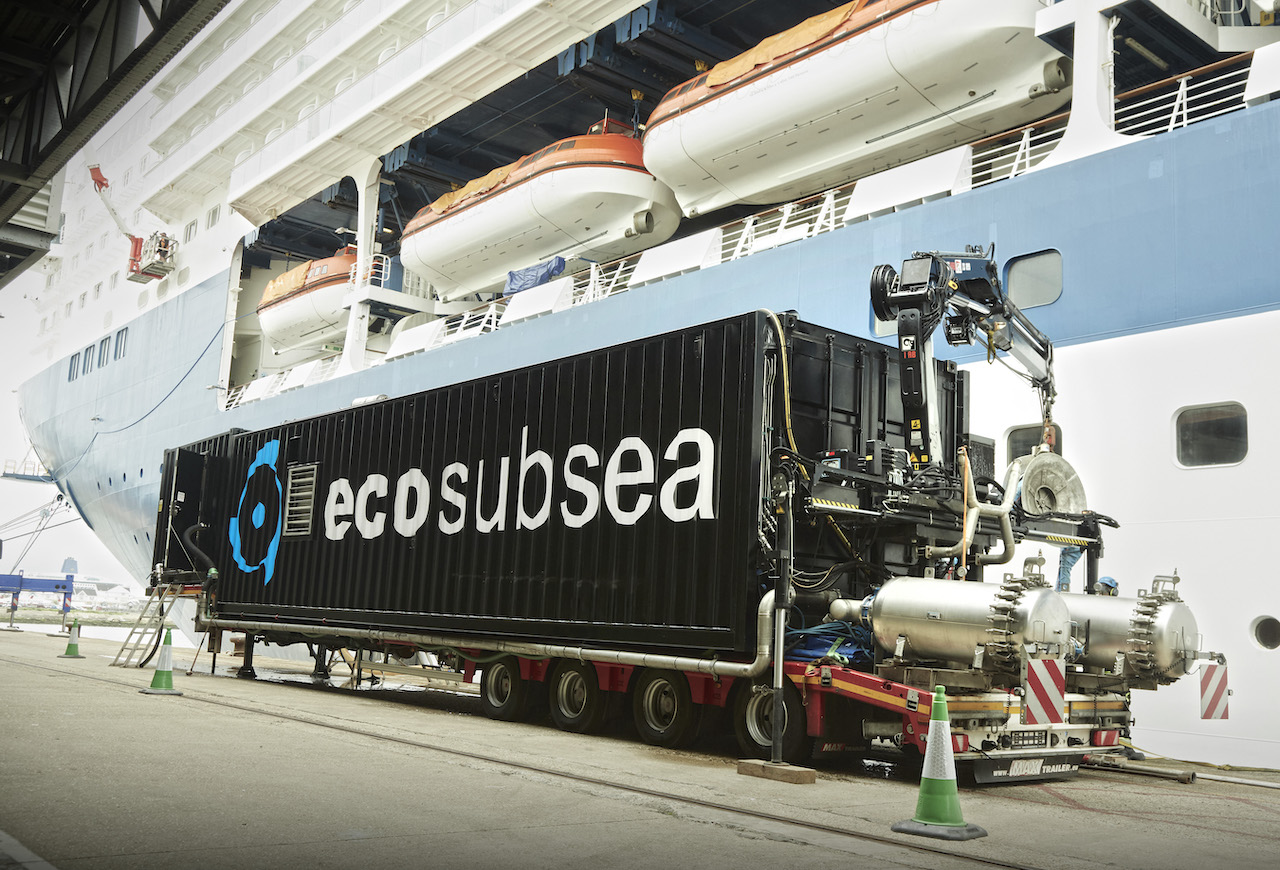
According to ECOSubsea, organic matter on vessel hulls creates friction leading to loss of speed and decreased fuel efficiency. Lim explained that by removing this matter, shipping companies could reduce their carbon emissions and the spread of alien invasive species.
Another company his team have invested in is French BueNav, which develops hybrid electric engines for new boats as well as to retrofit existing boats, to reduce emissions. “It also helps address noise pollution, a major threat to the ocean,” he explained.
Blue foods
A particular focus for Ocean 14 Capital is blue foods. “There’s a sharper light on food security since the Ukraine crisis. If we are to feed a growing population, then blue food is the most sustainable, efficient form of protein there is,” Gorell Barnes said. “There’s no land being cut down, there are no methane emissions and you can create sustainable protein through good aquaculture practices.”
Gorell Barnes explained that apart from the huge amounts of money going into salmon farming, aquaculture as a sector has been very underinvested in. “There are huge opportunities in aquaculture both for feeding people as well as alternatives to fish protein for farming fish, to reduce the pressure on wild fish stocks and making the economics for the farmer more attractive.”
One such opportunity that Ocean 14 Capital fund has invested in is Tilabras, a tilapia fish farm in Brazil. Gorell Barnes said that as a vegan fish tilapia had the opportunity to become “a twenty-billion-dollar plus market as more consumers demand sustainable and lean protein.”
The high seas treaty, though agreed to in principle, still needs to be formally adopted and ratified by at least 60 countries to enter into force. Lim added: “Critical parts are still missing, such as defining a Marine Protected Areas (MPA), and what minimum level of protection will be implemented.”
Nevertheless, according to both Lim and Gorell Barnes by giving visibility to the blue ocean economy the treaty will accelerate investment opportunities in what Lim calls “ocean positive ventures”.
“The enormous potential is still largely untapped, so do expect to see more in that space,” he added.
“If the oceans fail, we fail” said Gorell Barnes, adding “If we are to have any chance of protecting and restoring the ocean, we will need sufficient capital to transform the blue economy.”
